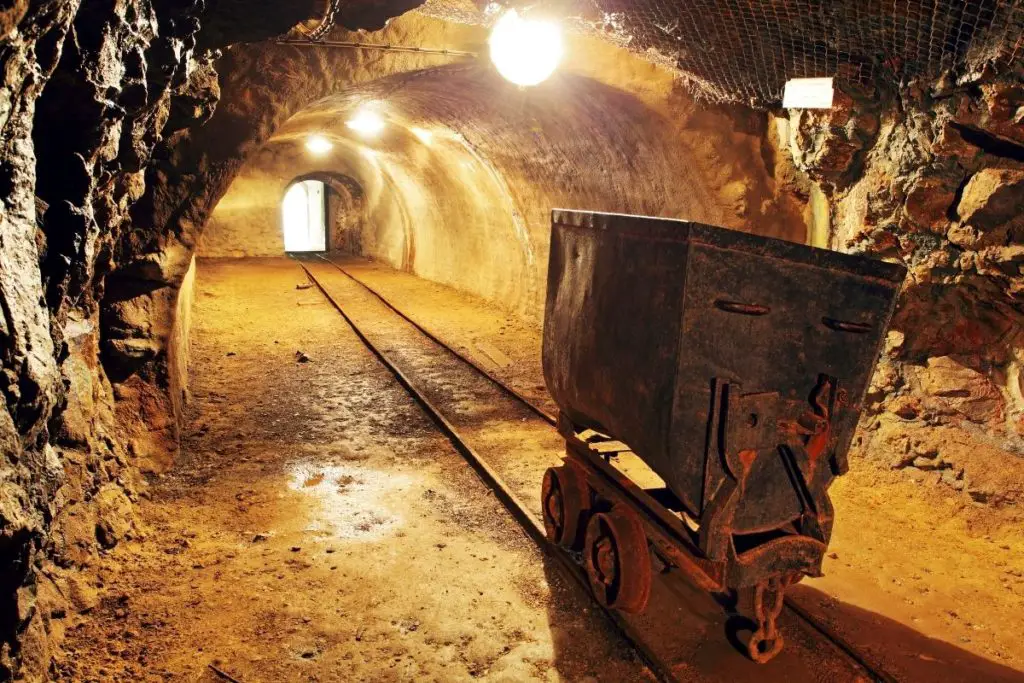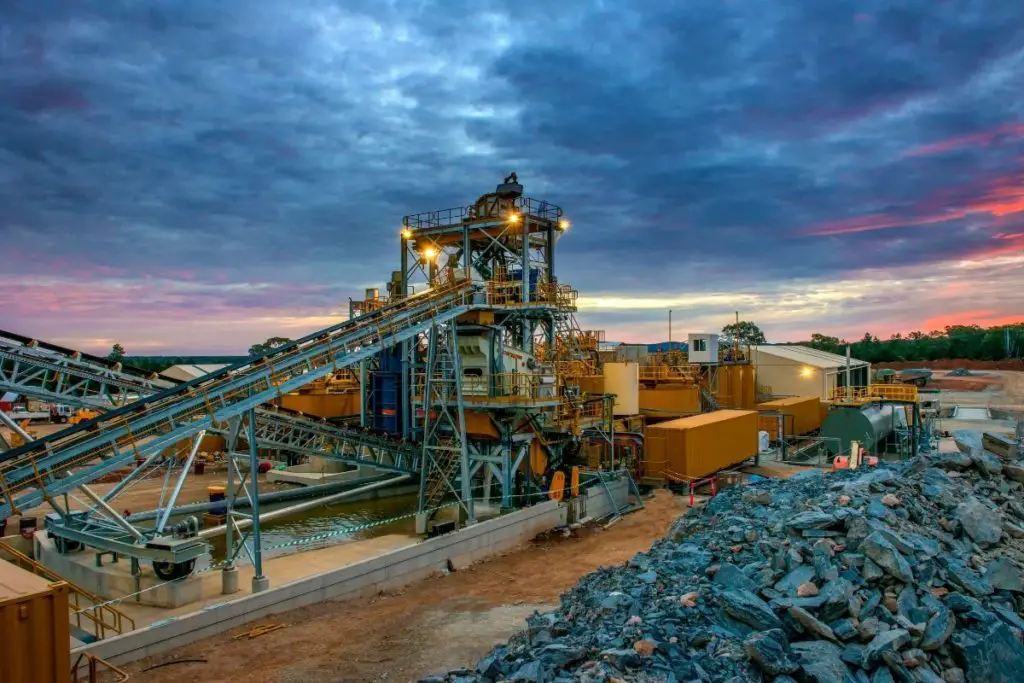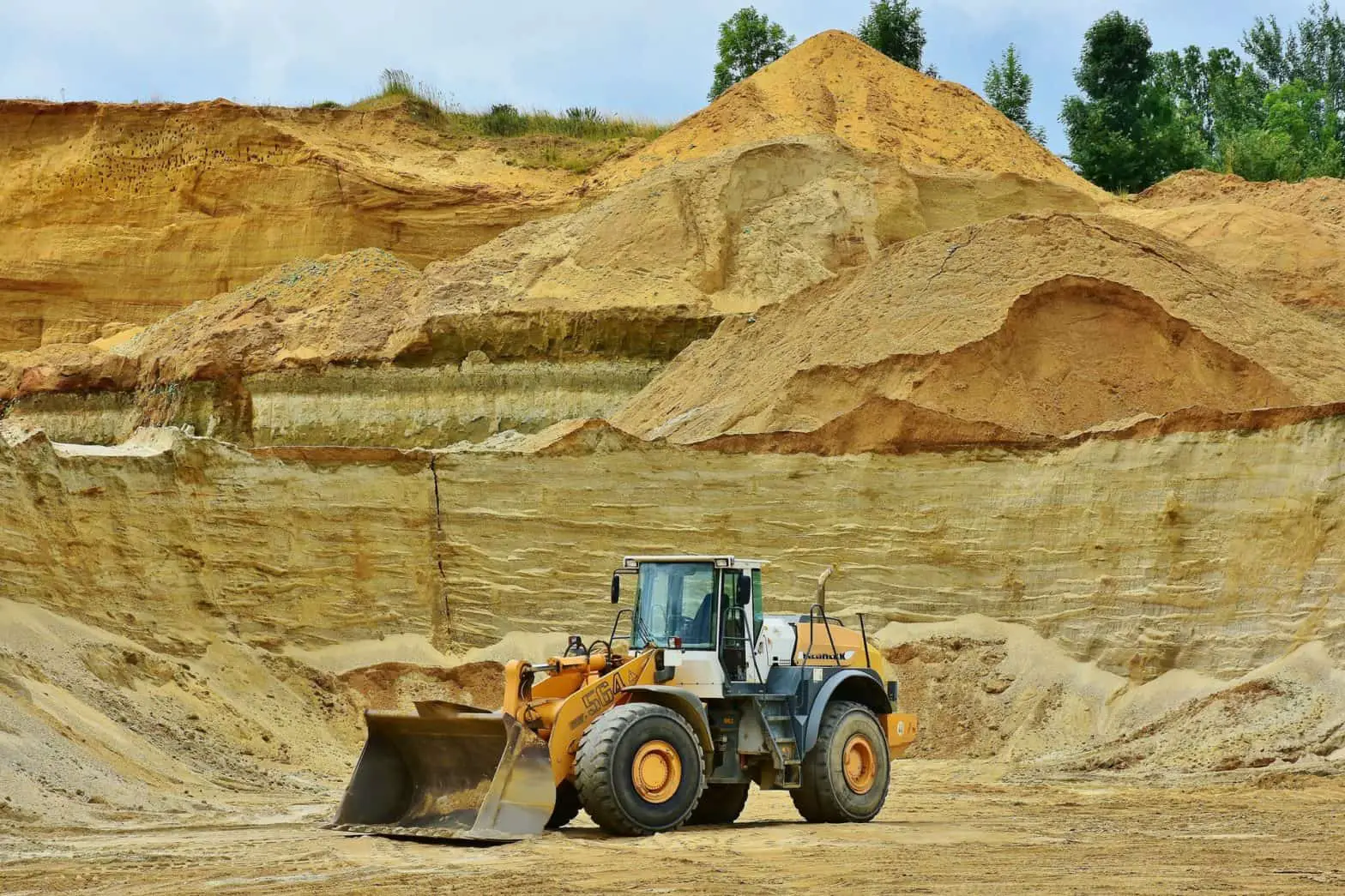Table of Contents
*This post may contain affiliate links. As an Amazon Associate we earn from qualifying purchases.
We all know at least a little something about mining. Most of us know that it involves getting valuable stuff from the earth, like previous metals or useful natural resources like oil.
But do you know much beyond that? Here’s a primer on mining, including a brief history of mining, modern advances in the industry, and what you need to know about gold mines.
To see some of the most popular equipment to try and mine yourself just click here.
What is Mining and what Materials Mining Extracts from the Earth
Mining is the extraction of materials from the earth that contain some value or economic interest to the miner.
Mining is required to obtain any material that cannot be grown through agricultural methods or created in a laboratory or factory.
Minerals and other geological materials are located in lodes, veins, seams, reefs, orebodies, or placer deposits.
Mining ores include metals, coal, oil shale, gemstones, limestone, chalk, dimension stone, rock salt, potash, gravel, and clay. In a wider sense, mining may include the extraction of any non-renewable resources such as natural gas, petroleum, or even water.

How Modern Mining Has Evolved Over Millenia
Mining is an ancient human practice that dates back to pre-historic times. People used stone, ceramics, and, later, metals found close to Earth’s surface to make early tools and weapons. Ancient flint mines have been identified in northern France, southern England, and Poland.
While mining dates back to the dawn of the modern man, modern mining processes have evolved dramatically with the application of technology. Modern mining is a multi-step process that begins with prospecting for ore bodies and analysis of the profit potential of a proposed mine. Once a location is deemed profitable, the desired materials are extracted.
Finally, when the mine closes, land reclamation begins.
One of the major controversies that stymies mines and miners is their potential for negative environmental impact. Mining operations tend to carry safety concerns for the miners as well as pollution hazards for the mining towns.
Most nations have passed strict regulations to decrease the hazardous impact of mines. Modern practices have also significantly improved worker safety in mines.
Famous Ancient Mines: From England Greenstone to Egyptian Gold
Famous mines such as Grimes Graves and Krzemionki are Neolithic in origin (4000-3000 BC). Greenstone was used for axes in the English Lake District. The oldest known mine is Nqwenya Mine in Swaziland.
Radiocarbon dating indicates the mine itself is 43,000 years old. Paleolithic humans mined the hematite to make red ochre pigment.
Amongst the many other trades and professions ancient Egyptians are known for, they were miners. They mined malachite at Maadi, a bright green stone used for pottery and ornamentations. Later, they secured minerals from Wadi Maghareh for large building projects.
Quarries for turquoise and copper have also been found at various sites around modern-day Egypt. Most intriguing are the gold mines of Nubia, the largest and most extensive of any other in ancient Egypt.
Mining expanded throughout Europe, including the silver mines of Laurium used by Athens. The mining industry changed dramatically in medieval Europe when it focused primarily on copper and iron extraction, as well as precious metals for gilding and coinage.
Evidence of early mining has also been discovered in the Philippines as well as in the Americas, notably ancient copper mines around Lake Superior. Evidence of copper use such as for tools and arrowheads dates back at least 5,000 years.

Mining Advances in The Americas
Early motivation for colonial exploration was driven by the European desire for Gold and silver. Most of the gold and silver that was sent back to Spain originated in mines in Central and South America.
As the colonies became established, they moved beyond agriculture and expanded into mining. Lead mining in the upper Mississippi River region dates to 1865, while the General Mining Act of 1872 spurred the industry further. Mining for minerals and precious metals was a driving factor in the Westward Expansion of America.
The California Gold Rush exemplified this drive to the Pacific coast.
The precious metals rush also spurred mining of other metals such as copper, lead, and iron as well as the coal mining industry.
Gold Mines and Today’s Global Mining Houses
By the 1850s, Australia was producing a whopping 40 percent of the world’s gold, and Australia remains one of the top global gold producers today. As we entered the 21st century, China has stepped up its mining efforts and is now year on year the top producer of gold.
The demand for rare earth minerals has increased as the result of new technologies. London is the capital of global “mining houses” such as BHP Billiton, Anglo American PLC, and Rio Tinto Group. The U.S. mining industry is dominated by coal and other nonmetal minerals.
Environmental concerns have also impacted the mining industry in the United States. In 2017, the leading global mine in terms of market capitalization was BHP Billiton.
The Environmental Concerns over Mining and The Issue of Scarcity
Since 1955, the World Bank has been involved in mining, primarily through grants from its International Bank for Reconstruction and Development.
Metals recycling rates are low, and due to these low recycle rates, some landfills now contain higher concentrations of metal than mines themselves. Unless practices change, some rare metals may become unavailable for consumer product use.

